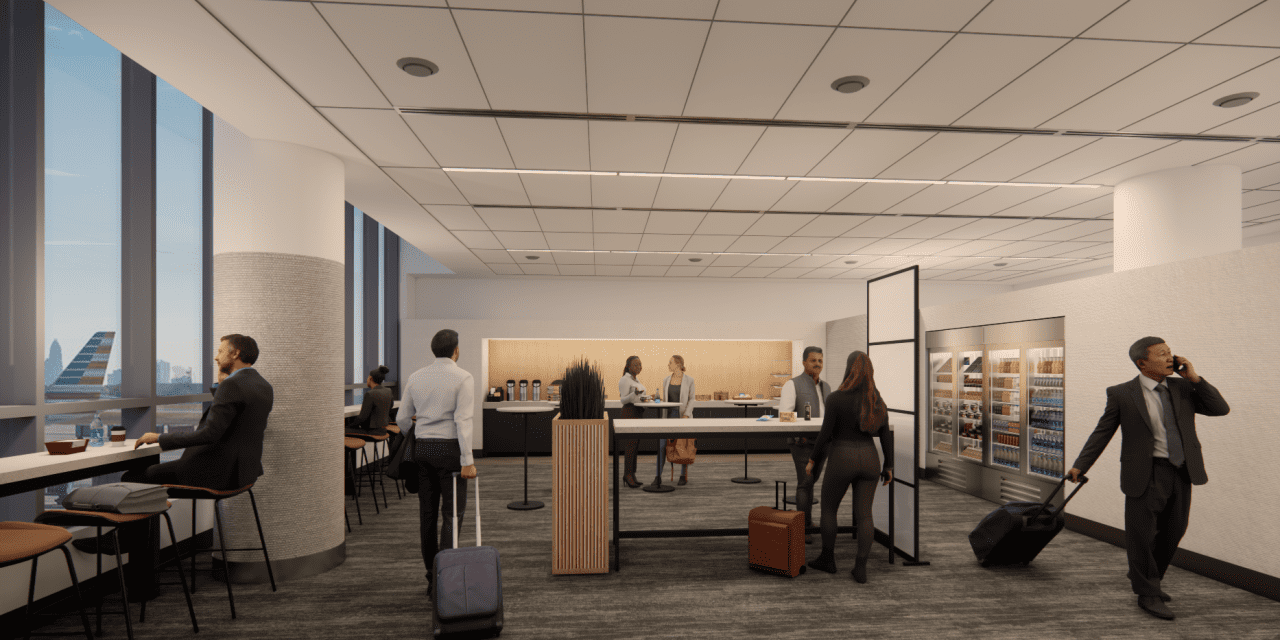Expanding Access: Rocky Mountain National Park Enhances Accessibility for All Visitors
Exploring the vast network of national parks across the United States is an experience that should be accessible to everyone. With over 400 national park sites, these protected areas offer a unique opportunity for adventure, education, and connection with nature. However, despite the efforts of advocates to preserve public lands, one group has often been overlooked in the outdoor experience: individuals with disabilities.
The challenges faced by disabled visitors are significant, especially when it comes to navigating trails, accessing facilities, and participating in educational programs. Yet, in recent years, there have been meaningful strides toward inclusivity, particularly at Rocky Mountain National Park (RMNP). Even amid federal budget cuts and funding shortages, the park has made substantial improvements to ensure that all visitors can enjoy its natural beauty.
Adaptive Equipment and Mobility Devices
Currently, about 28 national park sites across the country provide adaptive equipment and mobility devices for free. Rocky Mountain National Park has taken this a step further by expanding its offerings. These upgrades include new accessible picnic tables, an accessible bus for transportation within the park, and free all-terrain wheelchairs. These changes were made possible through the support of the Rocky Mountain Conservancy, a nonprofit organization dedicated to enhancing visitor experiences.
New Accessible Field Institute Bus
One of the most notable additions is the Accessible Field Institute Bus. This vehicle features two wheelchair spaces, a lift, and 12 standard seats, accommodating up to 15 visitors. It allows guests to explore the park while learning about its native flora, fauna, history, and geology. The bus was made possible by a generous donation from the R.C. Kemper Charitable Trust and Foundation, which helped turn a long-held dream into reality.
This initiative has expanded educational access, offering courses to individuals with mobility challenges who previously could not fully participate in field programs. It marks a significant step forward in making the park more inclusive for all visitors.
Upgraded Picnic Tables and Wheelchair Access
In addition to the new bus, the park has also replaced 130 outdated picnic tables with new, accessible designs. These tables are made of reinforced concrete and meet modern accessibility standards, ensuring they are durable and usable for everyone. This upgrade addresses a long-standing need, as many of the existing tables were in poor condition.
Another exciting development is the acquisition of three GRIT all-terrain wheelchairs, bringing the total number of available chairs to four. These wheelchairs can be rented at the Estes Park Mountain Shop and used both inside the park and throughout the surrounding area. According to Zach Zehr, owner of the shop, these chairs allow visitors to experience the park in ways that were previously impossible.
Wheelchair Sledge for Winter Adventures
For winter activities, the park’s education team purchased a wheelchair sledge earlier this year. This device enables students in wheelchairs to join snowshoe field trips, even in snowy terrain. The sledge provides a stable platform with skis and an adjustable brake, allowing users to maintain control on rocky and icy surfaces. It accommodates most manual wheelchairs, eliminating the need for transfers and ensuring a safer, more comfortable experience.
Future Plans: An Accessibility Guide
Looking ahead, Rocky Mountain National Park is working on creating an accessibility guide to help visitors plan their trips more effectively. This guide, which has been in development for years, will provide essential information such as location details, amenities, and helpful tips for disabled visitors. Once completed, it will be available in multiple formats, including PDF, print, braille, large-print, and audio description with a written transcript.
Organizers aim to finish the project by May 2026, ensuring that future visitors can benefit from this valuable resource.
A Personal Journey Toward Inclusivity
Quinn Brett, a former climbing ranger at RMNP, has become a powerful advocate for accessibility in national parks. After sustaining a spinal injury in 2017 while rock climbing in Yosemite, she now uses a wheelchair. Her experience has driven her to promote greater inclusion and awareness of the challenges faced by disabled visitors.
“I’m going to be an advocate louder than I can be for people with disabilities recreating in our national parks and in our public lands,” she said. “Let’s amp it up, man. We got places to go, things to do.”
Stewarding the Park for Everyone
For the Rocky Mountain Conservancy, ensuring that the park is accessible to all is a core mission. Kaci Yoh, the communications manager for the Conservancy, emphasized this commitment: “Our job is to steward the park for everyone, forever.” Through ongoing efforts and partnerships, the park continues to make progress in making its natural wonders more welcoming for every visitor.



